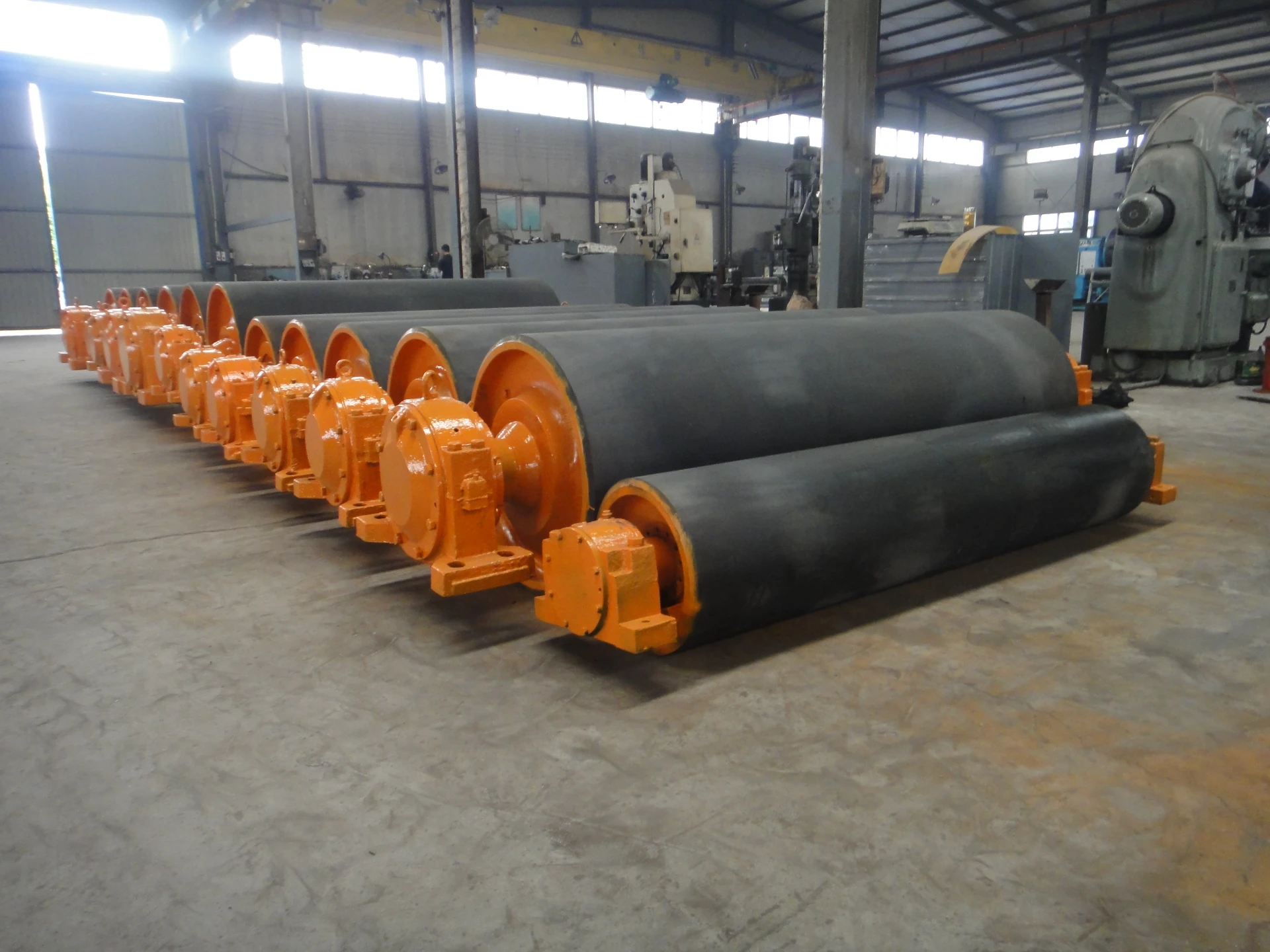 Afrikaans
Afrikaans  Albanian
Albanian  Amharic
Amharic  Arabic
Arabic  Armenian
Armenian  Azerbaijani
Azerbaijani  Basque
Basque  Belarusian
Belarusian  Bengali
Bengali  Bosnian
Bosnian  Bulgarian
Bulgarian  Catalan
Catalan  Cebuano
Cebuano  Corsican
Corsican  Croatian
Croatian  Czech
Czech  Danish
Danish  Dutch
Dutch  English
English  Esperanto
Esperanto  Estonian
Estonian  Finnish
Finnish  French
French  Frisian
Frisian  Galician
Galician  Georgian
Georgian  German
German  Greek
Greek  Gujarati
Gujarati  Haitian Creole
Haitian Creole  hausa
hausa  hawaiian
hawaiian  Hebrew
Hebrew  Hindi
Hindi  Miao
Miao  Hungarian
Hungarian  Icelandic
Icelandic  igbo
igbo  Indonesian
Indonesian  irish
irish  Italian
Italian  Japanese
Japanese  Javanese
Javanese  Kannada
Kannada  kazakh
kazakh  Khmer
Khmer  Rwandese
Rwandese  Korean
Korean  Kurdish
Kurdish  Kyrgyz
Kyrgyz  Lao
Lao  Latin
Latin  Latvian
Latvian  Lithuanian
Lithuanian  Luxembourgish
Luxembourgish  Macedonian
Macedonian  Malgashi
Malgashi  Malay
Malay  Malayalam
Malayalam  Maltese
Maltese  Maori
Maori  Marathi
Marathi  Mongolian
Mongolian  Myanmar
Myanmar  Nepali
Nepali  Norwegian
Norwegian  Norwegian
Norwegian  Occitan
Occitan  Pashto
Pashto  Persian
Persian  Polish
Polish  Portuguese
Portuguese  Punjabi
Punjabi  Romanian
Romanian  Russian
Russian  Samoan
Samoan  Scottish Gaelic
Scottish Gaelic  Serbian
Serbian  Sesotho
Sesotho  Shona
Shona  Sindhi
Sindhi  Sinhala
Sinhala  Slovak
Slovak  Slovenian
Slovenian  Somali
Somali  Spanish
Spanish  Sundanese
Sundanese  Swahili
Swahili  Swedish
Swedish  Tagalog
Tagalog  Tajik
Tajik  Tamil
Tamil  Tatar
Tatar  Telugu
Telugu  Thai
Thai  Turkish
Turkish  Turkmen
Turkmen  Ukrainian
Ukrainian  Urdu
Urdu  Uighur
Uighur  Uzbek
Uzbek  Vietnamese
Vietnamese  Welsh
Welsh  Bantu
Bantu  Yiddish
Yiddish  Yoruba
Yoruba  Zulu
Zulu conveyor head roller
Understanding the Conveyor Head Roller A Key Component in Material Handling Systems
In the world of material handling and conveyor systems, the head roller plays a crucial role. This component, often referred to as the conveyor head roller, is located at the discharge end of the conveyor belt. Its primary function is to facilitate the movement of materials while ensuring that the conveyor operates efficiently and effectively. Understanding the significance of the conveyor head roller can help in optimizing operations in various industries, from mining and manufacturing to food processing and logistics.
Functionality of the Conveyor Head Roller
The conveyor head roller serves multiple functions. First and foremost, it acts as the driving force behind the conveyor belt's movement. When a motor powers the head roller, it causes the belt to move in a continuous loop, transporting materials from one point to another. This process is critical for maintaining the flow of production and ensuring that materials are delivered to the appropriate locations without interruption.
Additionally, the head roller helps maintain belt tension, which is essential for the proper functioning of the conveyor system. The roller keeps the belt taut, preventing sagging and ensuring uniform material flow. Proper belt tension not only enhances efficiency but also extends the lifespan of the conveyor belt and minimizes maintenance requirements.
Design and Construction
The design of the conveyor head roller is vital to its performance. Typically, these rollers are constructed from durable materials such as steel or rubber to withstand the heavy loads and harsh conditions often encountered in industrial settings. The surface of the roller is designed to provide optimal traction for the conveyor belt, reducing slippage and wear.
conveyor head roller

Furthermore, conveyor head rollers come in various sizes and configurations, allowing for customization based on specific operational needs
. Factors such as belt width, load capacity, and environmental conditions influence the selection of the appropriate head roller. For instance, in applications where materials are abrasive or where there is a risk of corrosion, specialized coatings or materials may be used to enhance durability.Maintenance Considerations
Regular maintenance of the conveyor head roller is essential for keeping the conveyor system running smoothly. Over time, wear and tear can occur due to constant friction and exposure to the materials being transported. Therefore, routine inspections should be conducted to identify any signs of damage or degradation. Common maintenance tasks include checking for proper alignment, ensuring adequate lubrication, and replacing worn or damaged rollers.
Another important aspect of maintenance is monitoring the belt tension. If the tension is too loose or too tight, it can lead to inefficiencies, increased wear on the conveyor components, and potential breakdowns. Proper adjustment of the head roller can help achieve the ideal balance, promoting optimal performance and prolonging the life of the equipment.
Conclusion
The conveyor head roller is an indispensable component in material handling systems, playing a vital role in the movement and management of materials across various industries. Its functionality, robust design, and the importance of regular maintenance underscore the need for careful selection and management of this component. By investing in quality head rollers and ensuring their proper upkeep, businesses can enhance efficiency, reduce downtime, and ultimately improve productivity.
In summary, understanding the role of the conveyor head roller not only aids in optimizing existing systems but also contributes to informed decision-making when designing new conveyor setups. As industries continue to evolve and demand for efficient material handling solutions grows, the significance of components like the conveyor head roller will undoubtedly remain at the forefront of operational excellence.
-
Revolutionizing Conveyor Reliability with Advanced Rubber Lagging PulleysNewsJul.22,2025
-
Powering Precision and Durability with Expert Manufacturers of Conveyor ComponentsNewsJul.22,2025
-
Optimizing Conveyor Systems with Advanced Conveyor AccessoriesNewsJul.22,2025
-
Maximize Conveyor Efficiency with Quality Conveyor Idler PulleysNewsJul.22,2025
-
Future-Proof Your Conveyor System with High-Performance Polyurethane RollerNewsJul.22,2025
-
Driving Efficiency Forward with Quality Idlers and RollersNewsJul.22,2025





























